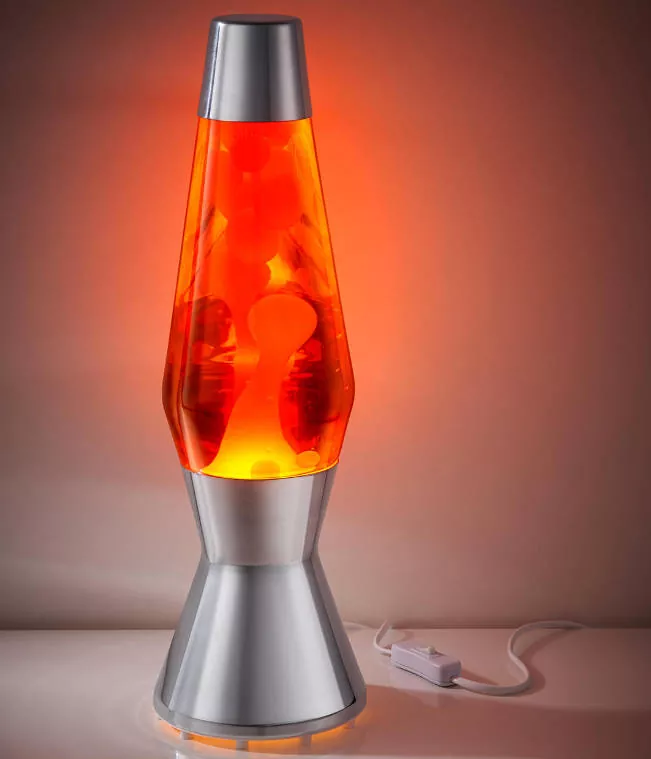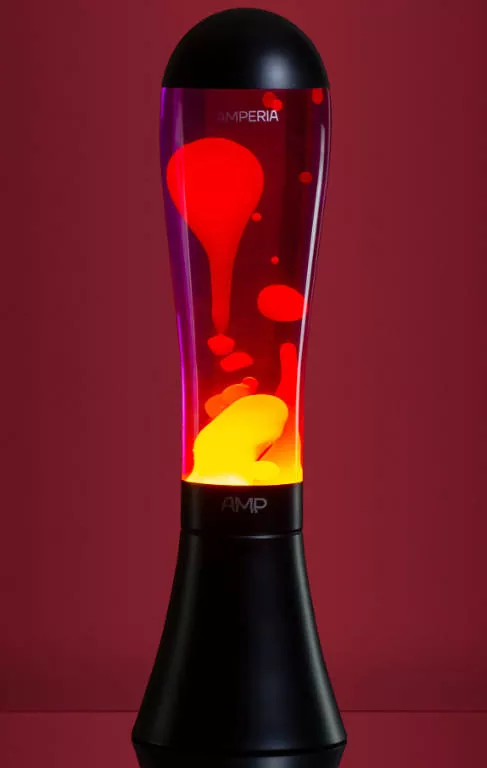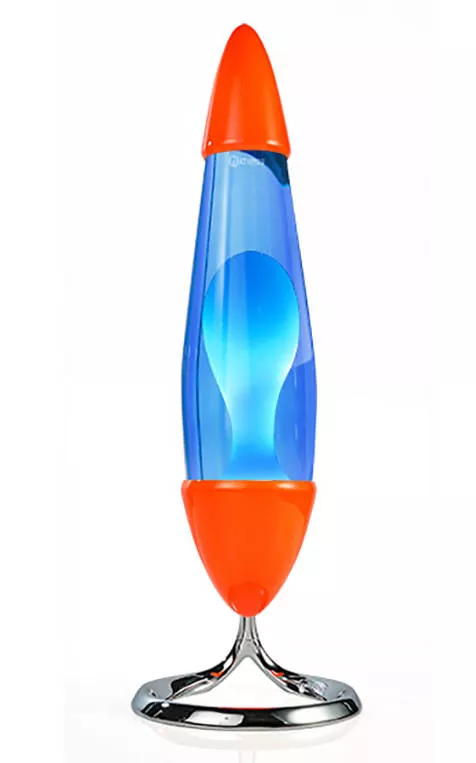how to make blue and orange lava lamp?

1.Prepare two distinct mixtures: one using water and blue food coloring while the other one is made with water and orange food coloring.
2.Fill the glass container three-quarters full with water and add the blue mixture. Slowly pour cooking oils on the top of the container, leaving a gap on the very top of the glass.
3.Carefully mix the orange mixture into the container. After the liquids are able to settle into layers, place the container on a lamp base using a light bulb.
Warm the mixture by turning off the light.
Break the tablet into smaller pieces before dropping the pieces into the container.
See the bubbles move the colored liquids up and down, creating the enchanting glowing lava lamp with shades of orange and blue.
Enjoy your homemade lava lamp!

Can you mix colors in a lava lamp?
Fill a clear glass bottle half full of water, then put food coloring in it. This creates the desired hues.
Pour the cooking oil on top of the water. You should leave a small room on top. Add different colored layers of water to give an attractive multi-colored appearance.
Once the lamp is switched on and heated the colored water bubbles will rise from the oil, mixing and forming different colors while they travel.
The addition of an effervescent tablet can produce bubbles that transport color-changing liquids. This enhances the mixing effect and creates a stunning display of colors.
Why can't they create the lava lamps anymore?
Lava lamps aren't nearly so popular as they used to be due to a variety of reasons:
The changing trends Lava lamps became popular during the late 1960s to 1970s counterculture movement. As fashions change, consumers' desires for home lighting and decoration might have moved away from the lava lamps.
Technological Developments as lighting technology advances, , such as efficient LED bulbs that use less energy and LED lights, customers may choose modern efficient lighting over traditional lava lamps, which uses incandescent lamps and heat.
3. Environmental Concerns: Lava lamps typically use a combination of wax and a clear liquid that usually has chemicals. Concerns about environmental impact and chemical safety may result in a decrease in production or the regulation of these products as consumers become more conscious of sustainability and health-related issues.

Where not to put a the lava lamp?
1. Near Heat Sources: Avoid placing the lava lamp close to direct heat sources like heaters, radiators or fireplaces. The heat can cause the liquid inside the lamp to expand quickly. This could cause damage to the lamp or cause it malfunction.
2. In Direct Sunlight: Do not place a lava lamp in direct sunlight for long periods. The sun's heat can cause the lava in the lamp to heat unevenly. This can affect the performance of the lamp.
3. On Unstable Surfaces Avoid placing a lava lamp on uneven or unstable surfaces in areas where it can easily be crushed. If the lamp is damaged or accidentally tipped, the liquid may spill and damage furniture or flooring.